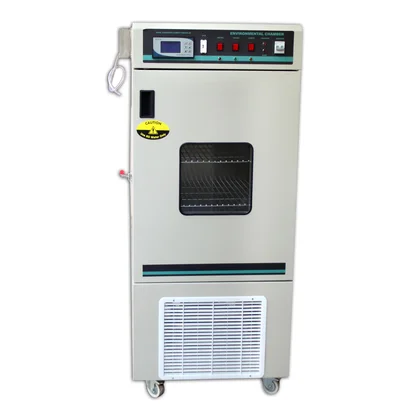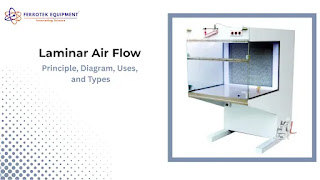What is Laminar Air Flow – Principle, Diagram, Uses, and Types

Ferrotek Equipments is a trusted manufacturer of high-quality Laminar Air Flow (LAF) systems designed to create a sterile and particle-free working environment. These systems are widely used in laboratories, pharmaceutical industries, research centers, and electronics manufacturing units where contamination control is critical. Also Read : https://www.ferrotekequipments.com/what-is-laminar-air-flow-principle-diagram-uses-and-types/ Principle: The principle of Laminar Air Flow is based on the uniform flow of air in a single direction at a constant speed. The air passes through HEPA filters , which remove dust, microorganisms, and other airborne contaminants, ensuring a clean work area. Diagram: A typical Laminar Air Flow unit consists of a working chamber, HEPA filter, pre-filter, and blower assembly. The filtered air moves either horizontally or vertically, depending on the design, to maintain sterility. Uses: Pharmaceutical and microbiology labs Tissue culture ...



